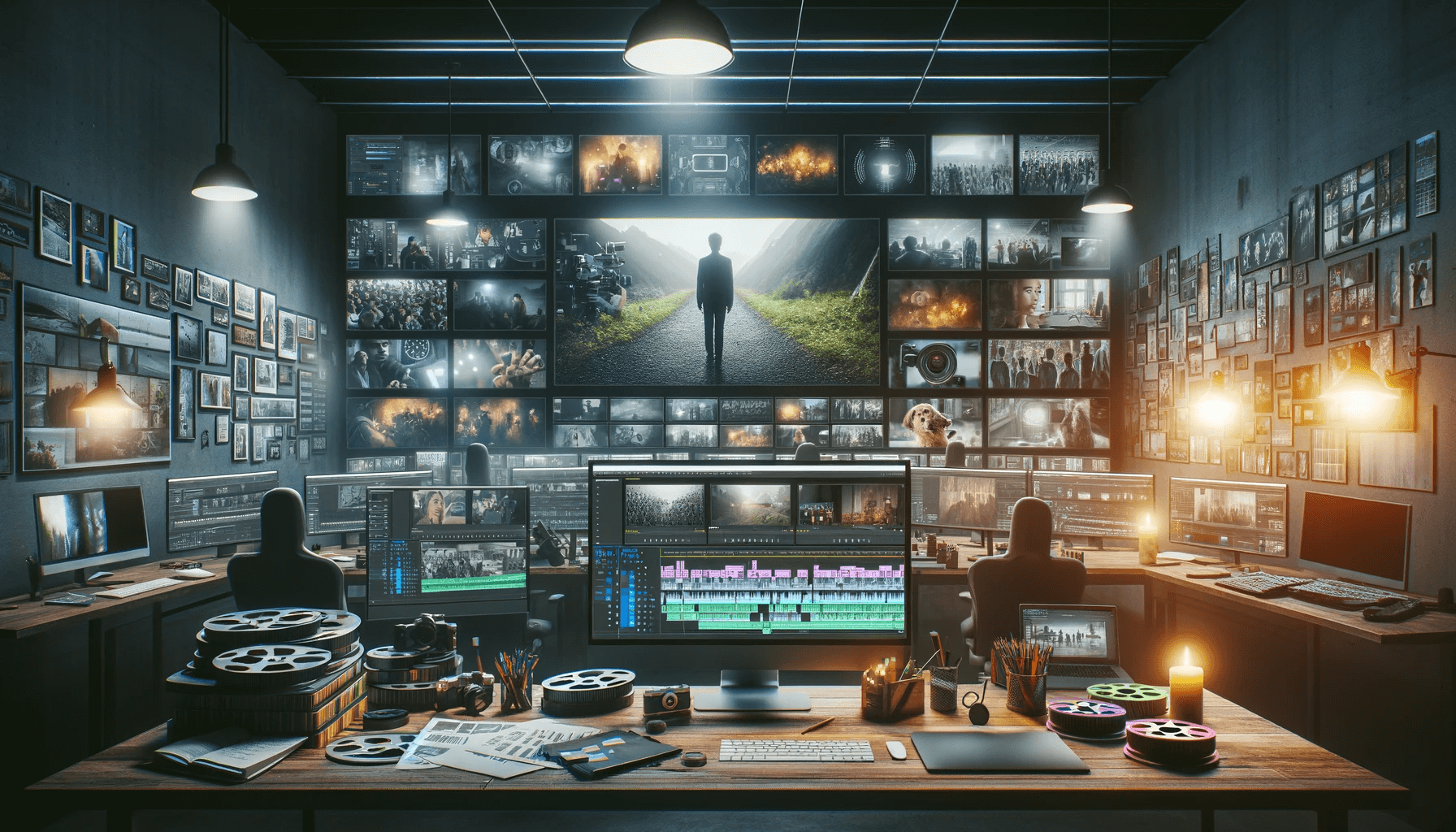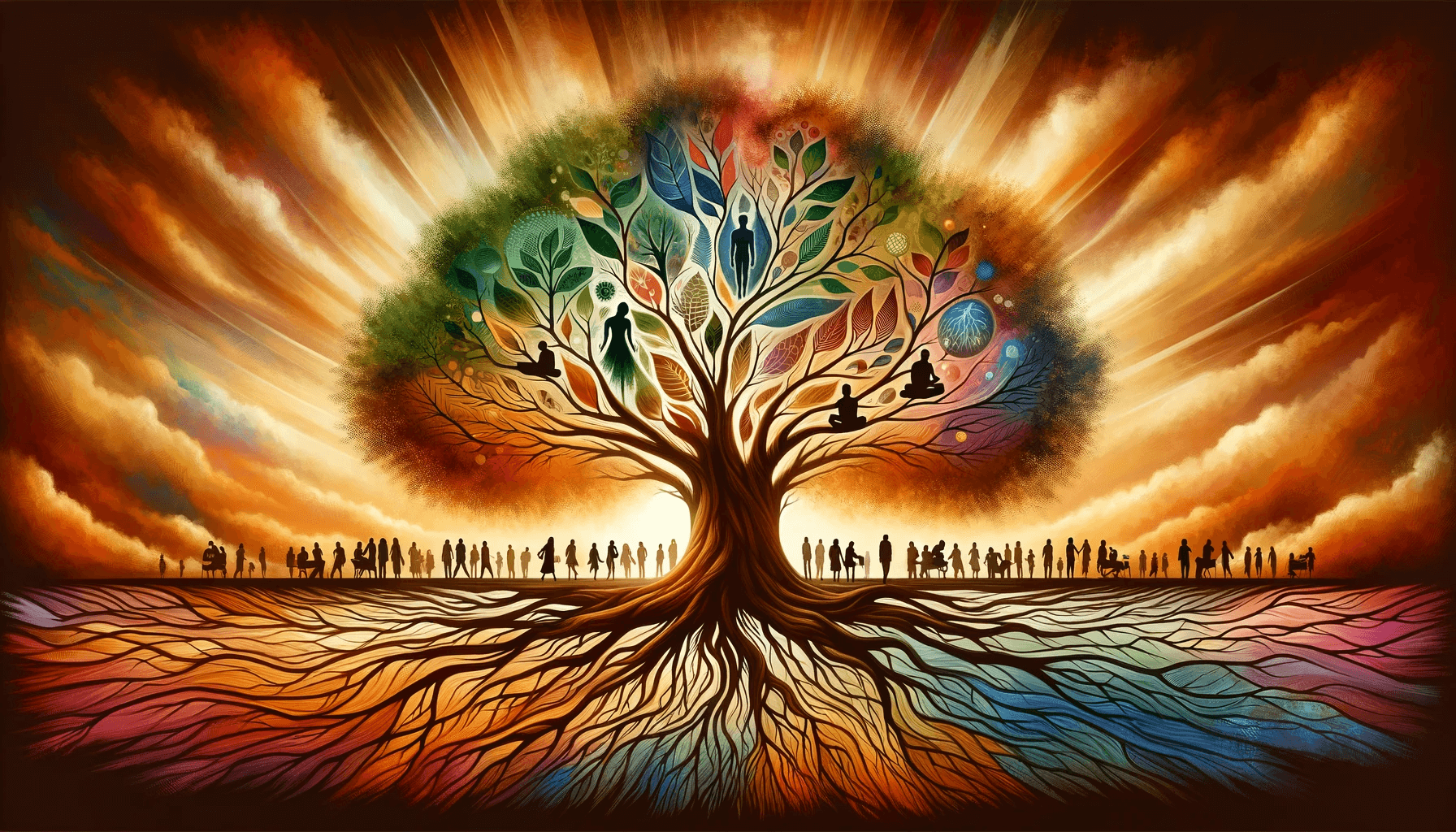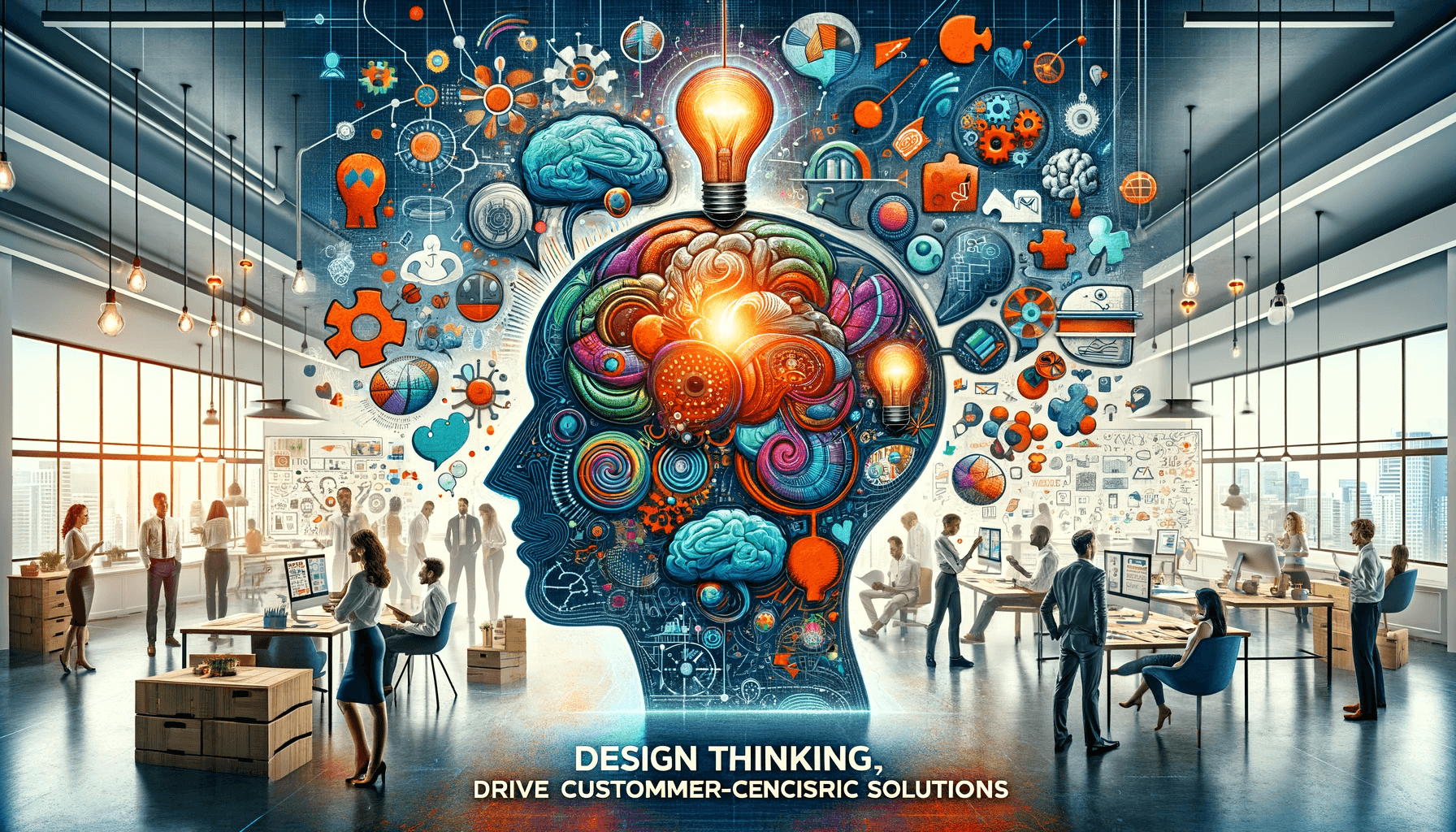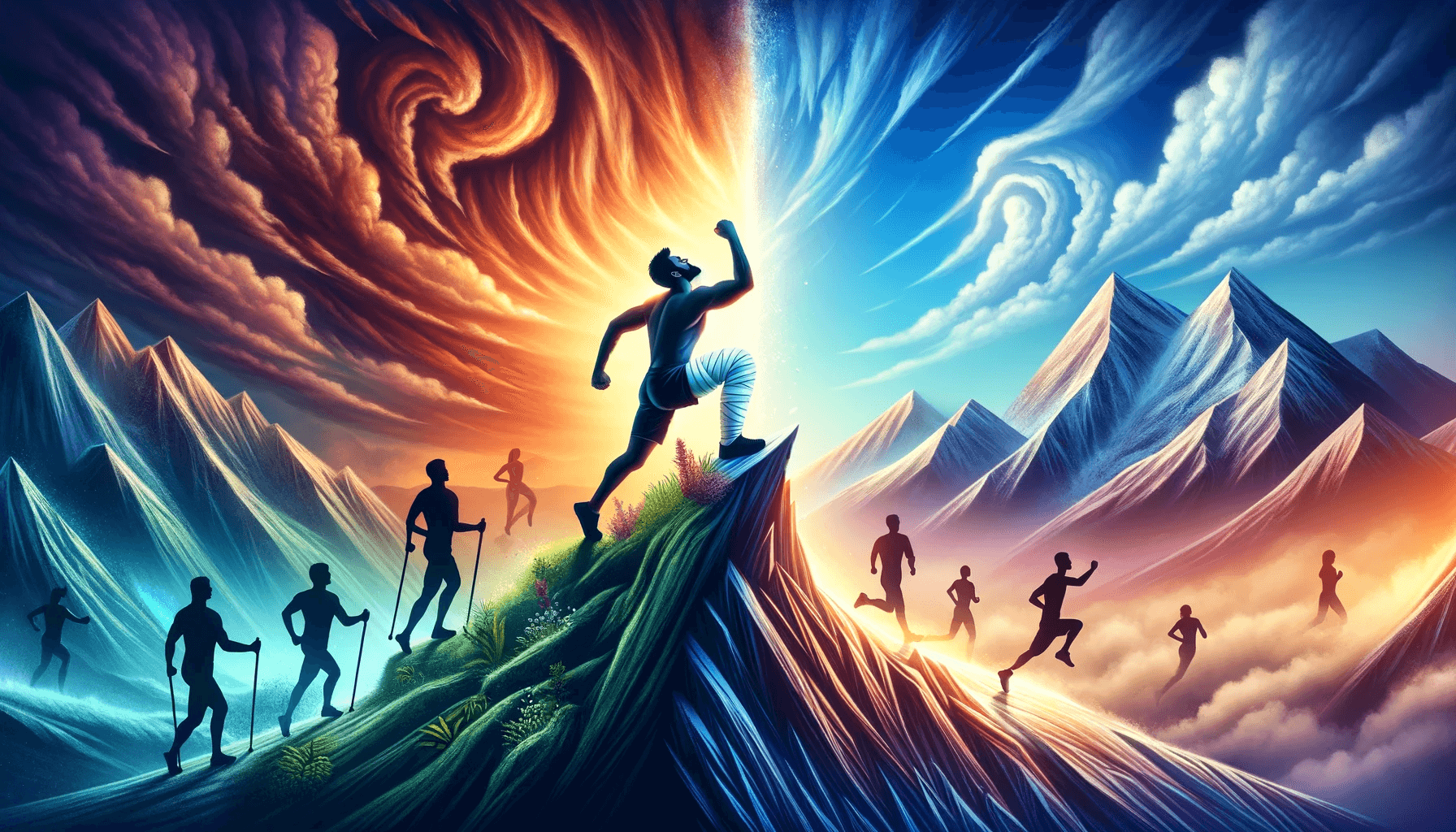Sponsor Millionaire’s Brain Academy
Table of Contents
What is Documentary Editing?
Documentary editing is a crucial aspect of the filmmaking process that transforms raw footage into captivating stories that leave a lasting impact on audiences. As a documentary editor, my role is to craft compelling, informative, and emotionally engaging narratives. In this article, we will delve into the world of documentary editing, exploring the art of storytelling, essential tools and software, the editing process, techniques for structuring a documentary, the power of sound and music, collaborating with directors and producers, overcoming challenges, and examples of successful documentary editing.
The Role of a Documentary Editor
A documentary editor is more than just someone who pieces together footage; they are storytellers in their own right. Our responsibility is to extract the essence of the story from the raw material and shape it into a cohesive narrative. We work closely with directors, producers, and sometimes even the subjects of the documentary to understand their vision and ensure that the final product reflects their intentions.
As a documentary editor, I constantly seek the most powerful and authentic moments captured on camera. I meticulously review hours of footage, carefully selecting the best shots, interviews, and sequences to drive the story forward. Through the art of editing, we can emphasize emotions, highlight key themes, and create a seamless flow that keeps the audience engaged from start to finish.
The Art of Storytelling in Documentary Editing
At the heart of documentary editing lies the art of storytelling. We can uniquely shape narratives that shed light on important issues, evoke emotions, and inspire change. Our role is to find the most compelling way to tell a story, keeping in mind the target audience and the overall purpose of the documentary.
To create a captivating story, we must first understand the subject matter deeply. Researching, conducting interviews, and immersing ourselves in the world of the documentary allows us to gain the necessary knowledge and insights. By carefully selecting and arranging the footage, we can create a powerful narrative arc that takes the audience on a journey of discovery.
Essential Tools and Software for Documentary Editing
In the digital age, documentary editing has become more accessible. A wide range of tools and software is available to help us bring our vision to life. These tools streamline the editing process and provide us with creative options to enhance the storytelling.
One of the most commonly used tools is a non-linear editing system (NLE) such as Adobe Premiere Pro or Final Cut Pro. These software programs offer comprehensive features that allow us to organize, trim, and manipulate footage. They also provide advanced color correction and audio editing capabilities, ensuring the final product looks and sounds its best.
In addition to the NLE, documentary editors often rely on specialized software for tasks such as color grading, motion graphics, and visual effects. These tools help us add a professional touch to the documentary and create a visually stunning experience for the audience.
The Editing Process: From Raw Footage to Final Cut
The editing process is where the magic happens. Here, we take the raw footage and transform it into a cohesive and engaging story. The process typically begins with logging and organizing the footage, creating a structure to guide the editing process.
Once the footage is organized, we assemble the story by placing the selected shots and sequences on the timeline. This is where the art of storytelling comes into play. We carefully arrange the scenes, considering each moment’s pacing, rhythm, and emotional impact.
As we progress, we refine the edit by trimming unnecessary footage, adding transitions, and adjusting the timing. We also incorporate sound effects, music, and voiceovers to enhance the storytelling and create a more immersive experience for the audience.
The final stage of the editing process involves fine-tuning the edit, ensuring that the story flows seamlessly from beginning to end. We pay close attention to detail, ensuring the visuals, audio, and pacing work harmoniously. Once we are satisfied with the final cut, we export the documentary in the desired format for distribution.
Techniques for Structuring a Documentary
Structuring a documentary is a crucial step in the editing process. It determines the flow of the story and how information is presented to the audience. We can employ various techniques to create a compelling structure that keeps the audience engaged.
One common approach is the three-act structure, often used in narrative storytelling. This structure consists of an introduction, a development, and a resolution. It helps create a clear beginning, middle, and end, allowing the audience to follow the story easily.
Another technique is the chronological approach, where the events of the documentary are presented in the order they occurred. This approach is practical when the timeline of events is crucial to understanding the story.
Alternatively, a thematic approach can be used to structure a documentary. This involves organizing the footage around key themes or topics, allowing for a more in-depth exploration of the subject matter. It can be a powerful way to highlight different perspectives and provide a comprehensive understanding of the topic.
Finding the Right Pacing and Rhythm in Documentary Editing
Pacing and rhythm are essential elements in documentary editing. They dictate the energy and tempo of the film, influencing the audience’s emotional response and engagement. Finding the right pacing and rhythm requires a deep understanding of the story, the subject matter, and the desired impact on the audience.
Quick cuts and dynamic editing techniques can create a sense of urgency and excitement in fast-paced documentaries. On the other hand, slow-paced documentaries may employ longer shots and more contemplative editing to evoke a sense of reflection and introspection.
The rhythm of a documentary is influenced by factors such as the pacing of the interviews, the timing of the music, and the length of the shots. A well-crafted rhythm can create a sense of harmony and continuity, drawing the audience into the story and keeping them engaged throughout.
The Power of Sound and Music in Documentary Storytelling
Sound and music play a crucial role in documentary storytelling. They can enhance emotions, set the tone, and guide the audience’s emotional journey. As documentary editors, we carefully select and manipulate sound elements to create a more immersive and impactful experience for the audience.
Ambient sounds, such as natural or background noise, can help establish the setting and create a sense of realism. It adds depth and texture to the visuals, making the audience feel like they are a part of the documentary.
Music, on the other hand, can evoke specific emotions and enhance the storytelling. The right music can heighten tension, evoke nostalgia, or create a sense of hope. It can also serve as a powerful tool to transition between scenes or emphasize key moments in the documentary.
Combining sound effects, ambient sound, and music can create a multi-dimensional audio experience that complements the visuals and enriches the storytelling.
Collaborating with Directors and Producers in Documentary Editing
Collaboration is key in documentary editing. As editors, we work closely with directors and producers to bring their vision to life. Effective communication and a shared understanding of the story are crucial for a successful collaboration.
Throughout the editing process, we collaborate with the director to ensure that the story is being told most effectively. We discuss the desired tone, pacing, and structure and adjust based on their feedback. This collaborative approach allows us to tap into the director’s creative vision while contributing our expertise.
Producers also play an important role in the editing process. They provide valuable feedback and insights from an audience perspective, helping us refine the story and ensure it resonates with the intended viewers. Their input can be instrumental in shaping the final cut of the documentary.
Challenges and Tips for Editing Documentaries
Editing documentaries can be a challenging task. The abundance of footage, the complexity of the subject matter, and the pressure to create a compelling story can sometimes feel overwhelming. However, these challenges can be overcome with the right approach and mindset.
One of the key challenges is managing the vast amount of footage. Documentaries often shoot hundreds of hours of footage, making the editing process time-consuming and daunting. To tackle this challenge, developing a systematic approach to organizing and reviewing the footage is important. Creating a clear structure and using metadata to label and categorize the footage can significantly streamline the editing process.
Another challenge is maintaining objectivity while editing. Documentaries often deal with sensitive and controversial subjects, and presenting a balanced and fair portrayal of the story is essential. To overcome this challenge, remaining open-minded and empathetic throughout the editing process is essential. Seeking feedback from a diverse group can also help ensure the documentary is respectful and representative of different viewpoints.
Examples of Successful Documentary Editing
To truly understand the power of documentary editing, let’s look at some examples of successful documentaries that have profoundly impacted audiences.
- “Blackfish” (2013) – Directed by Gabriela Cowperthwaite, this documentary explores the captivity of killer whales in SeaWorld and the ethical implications of keeping these intelligent creatures in captivity. The editing in “Blackfish” effectively builds tension and creates a compelling narrative that sheds light on the issues surrounding the treatment of marine animals.
- “Amy” (2015) – Directed by Asif Kapadia, “Amy” is a documentary about the life and tragic death of singer-songwriter Amy Winehouse. The editing in this documentary skillfully weaves together archival footage, interviews, and music to create an intimate portrait of the artist. The pacing and rhythm of the film mirror the highs and lows of Amy Winehouse’s life, resulting in a powerful and emotionally charged documentary.
- “Free Solo” (2018) – Directed by Jimmy Chin and Elizabeth Chai Vasarhelyi, “Free Solo” follows rock climber Alex Honnold as he attempts to climb El Capitan in Yosemite National Park without any ropes or safety equipment. The editing in this documentary captures the intensity and thrill of the climb, creating a heart-pounding experience for the audience. Using multiple camera angles and expertly timed cuts adds suspense and immerses viewers in free solo climbing.
Resources for Learning and Improving Documentary Editing Skills
If you want to delve deeper into documentary editing, numerous resources are available to help you learn and improve your skills.
- Online tutorials and courses – Websites such as Udemy, Lynda.com, and Skillshare offer a wide range of courses and tutorials on documentary editing. These resources provide step-by-step guidance, practical tips, and hands-on exercises to help you develop your editing skills.
- Books – Several books are available that delve into the art and craft of documentary editing. Some recommended titles include “The Conversations: Walter Murch and the Art of Editing Film” by Michael Ondaatje and “In the Blink of an Eye” by Walter Murch.
- Film festivals and workshops – Attending film festivals and workshops can provide valuable opportunities to learn from industry professionals and gain insights into the latest trends and techniques in documentary editing. Look for events such as the Sundance Film Festival, the Berlin International Film Festival, or the Sheffield Doc/Fest.
Conclusion
Documentary editing is a powerful and creative process that allows us to transform raw footage into captivating stories that have the potential to inform, inspire, and drive change. We can create impactful and emotionally engaging narratives by understanding the art of storytelling, utilizing essential tools and software, following a systematic editing process, and mastering techniques for structuring and pacing a documentary. Collaborating with directors and producers, overcoming challenges, and continuously improving our skills through learning resources and industry events will ensure that we stay at the forefront of documentary editing. So, let’s dive into the world of documentary editing and bring the stories that must be told to life.
CTA: If you are passionate about documentary editing or want to share your experiences and insights, feel free to comment below. Let’s continue the conversation and inspire each other in the world of documentary storytelling!




